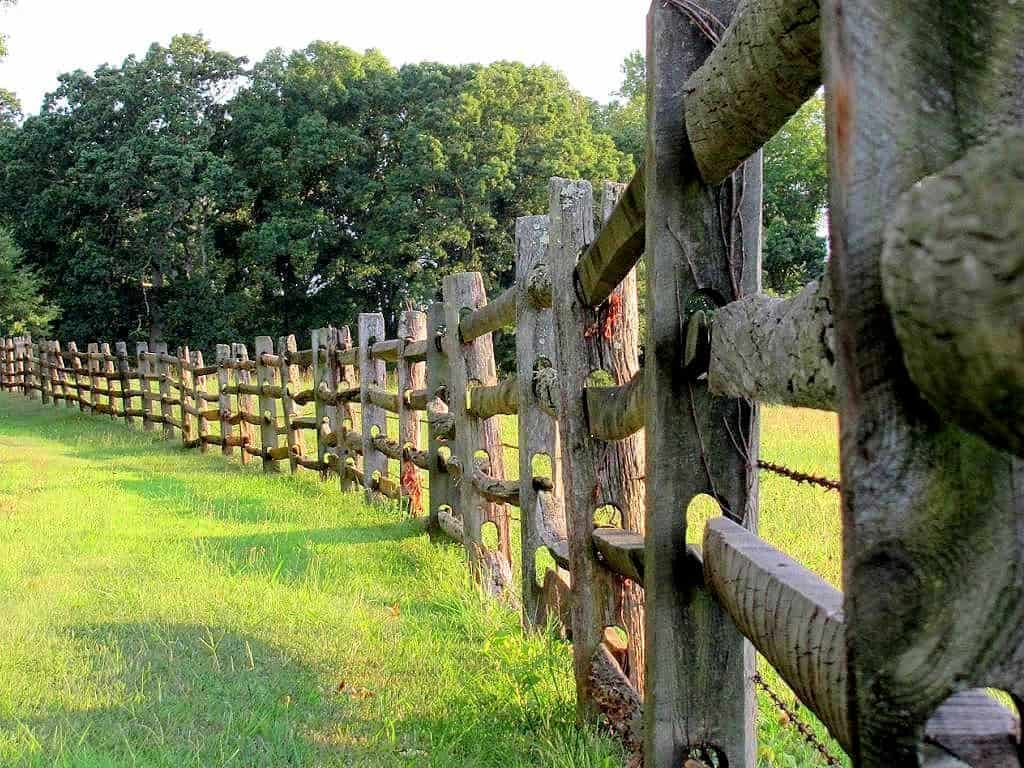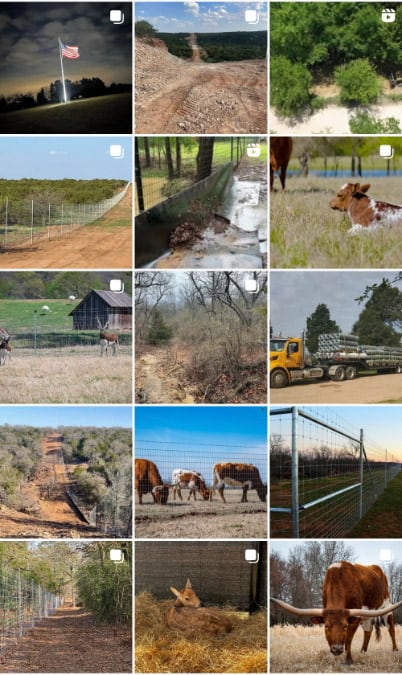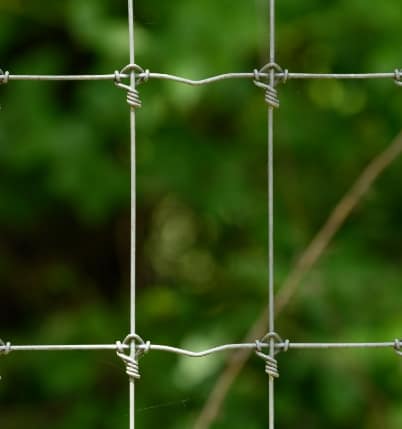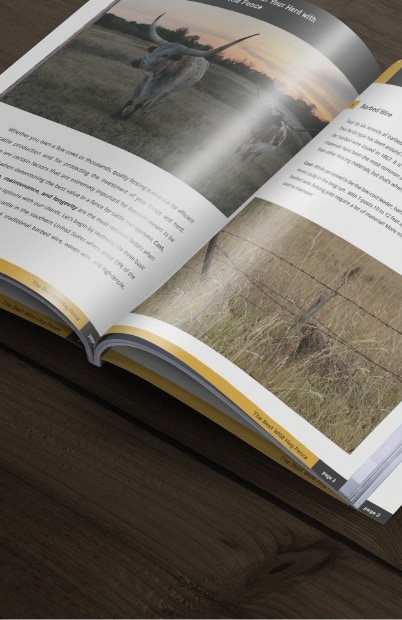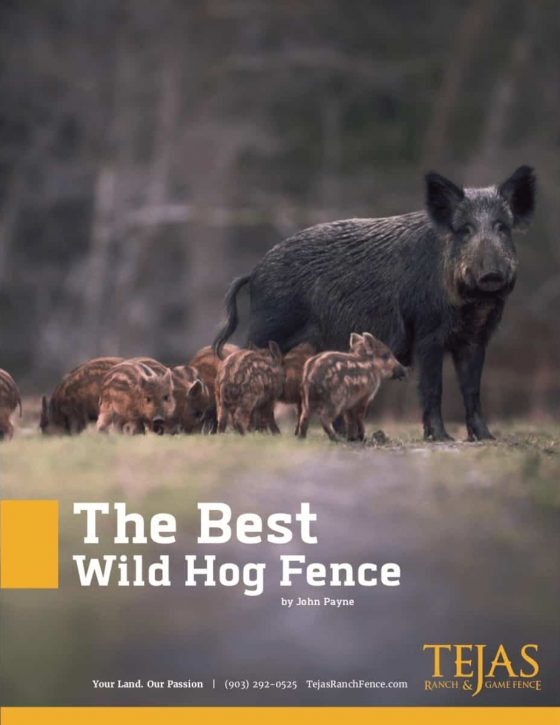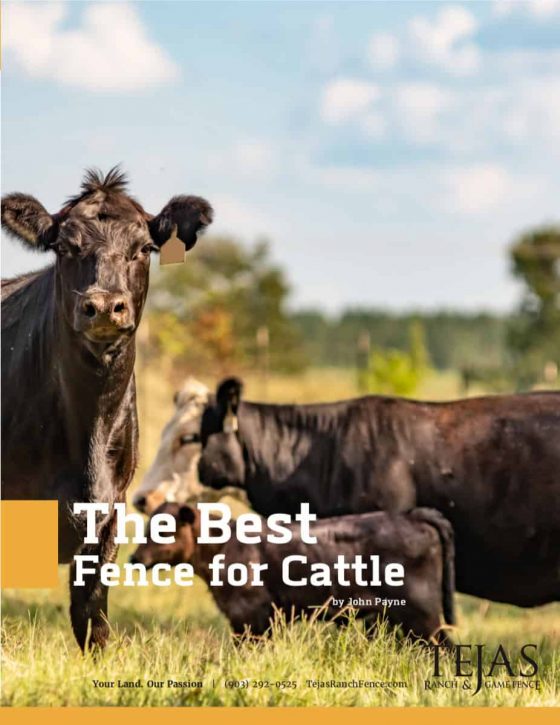The wooden post and rail fence is one of the oldest and most traditional forms of fencing used in the United States. This type of fence is constructed using wooden posts set into the ground at regular intervals, with horizontal rails running between these posts. The simplicity and effectiveness of the post and rail design made it a popular choice for early American farmers and ranchers, as the materials for these fences were readily available. This style of fencing became iconic across the American countryside, with its rustic and natural look.
In addition to looking nice, the wooden post and rail fence has its benefits. Typically made from durable hardwoods, like oak or cedar, this type of fence is moderately strong. They are relatively easy to construct, requiring basic carpentry skills and safety measures. These fences work well on flatter terrains. Because they are made from wood, people and animals will not injure themselves if they come into contact with the fence.
The wooden post and rail fence do come at a higher cost. Maintenance of these fences involves periodic inspections, repairs, and treatments to protect the wood from weathering and decay. They can last between 7 to 15 years when well maintained, but the boards will eventually bow, break, or rot over time, requiring replacement. The upfront cost of materials and installation, along with the cost of continued maintenance and repairs, makes this type of fence a more expensive option.
Despite the advent of more modern fencing materials, wooden posts and rail fences remain popular for their aesthetic qualities. They are commonly used in rural and suburban areas, particularly for ranches, estates, and properties where a traditional, rustic look is desired. The enduring appeal of wooden posts and rail fencing lies in its combination of functionality, simplicity, and timeless charm, making it a lasting fixture in the American landscape.
Cost
- Initial: High; more expensive materials
- Installation: Can be DIY, but professional help may be preferred
- Maintenance: Regular maintenance and repairs may be costly
Safety
- Cattle: Very safe; minimal injury risk
- Human: Safe during installation/repairs
Maintenance
- Inspection: Regular checks for damage
- Repairs: Requires timely repairs to maintain integrity
- Weather: Susceptible to rot and weather damage
Performance
- Containment: Strong, aesthetic, effective containment
- Durability: Moderately strong with regular maintenance
- Versatility: Ideal for flat terrains; customizable appearance
Value
- Cost: High initial cost; high maintenance cost; adds to property value
- Efficiency: Effective; visually appealing; suitable for smaller areas or high-visibility zones
Lifetime
- Longevity: 7-15 years with good maintenance
- Replacement: Boards will need occasional replacement
